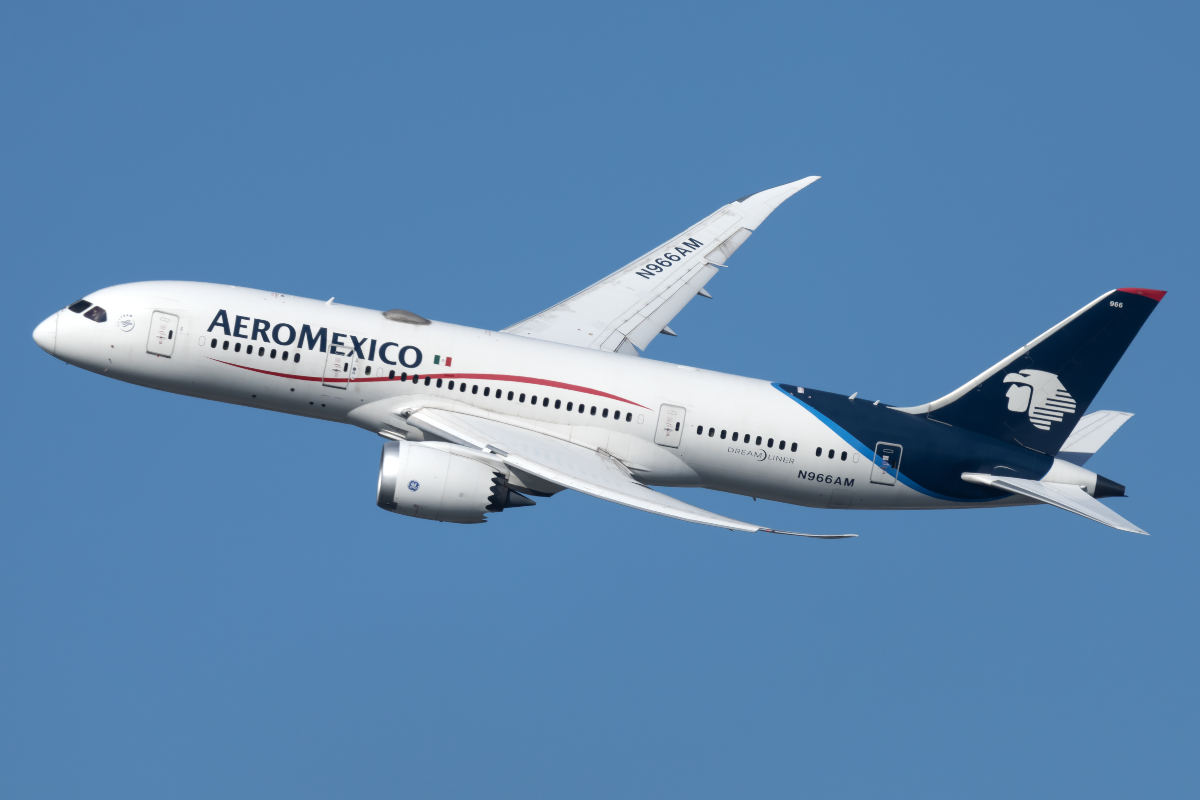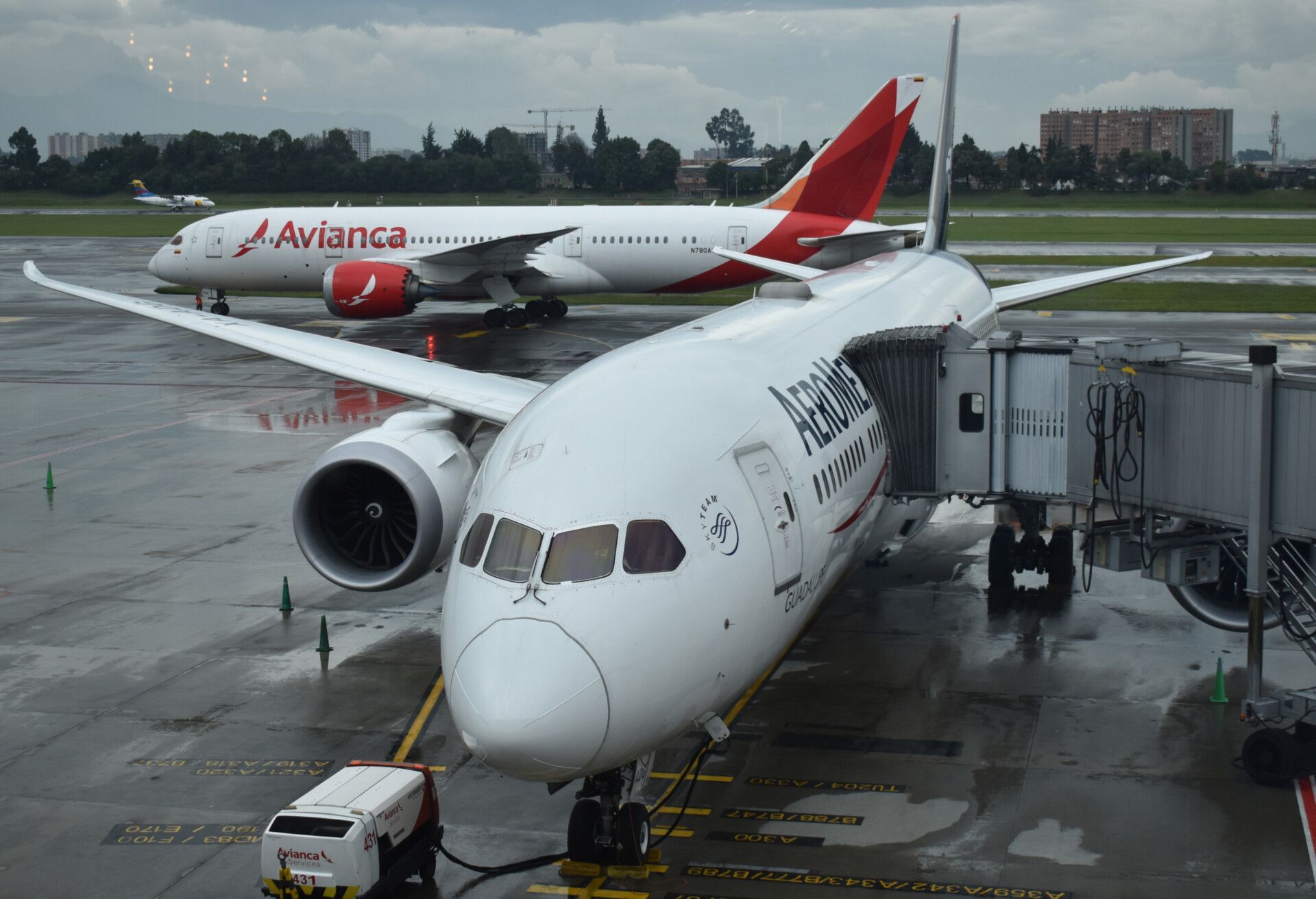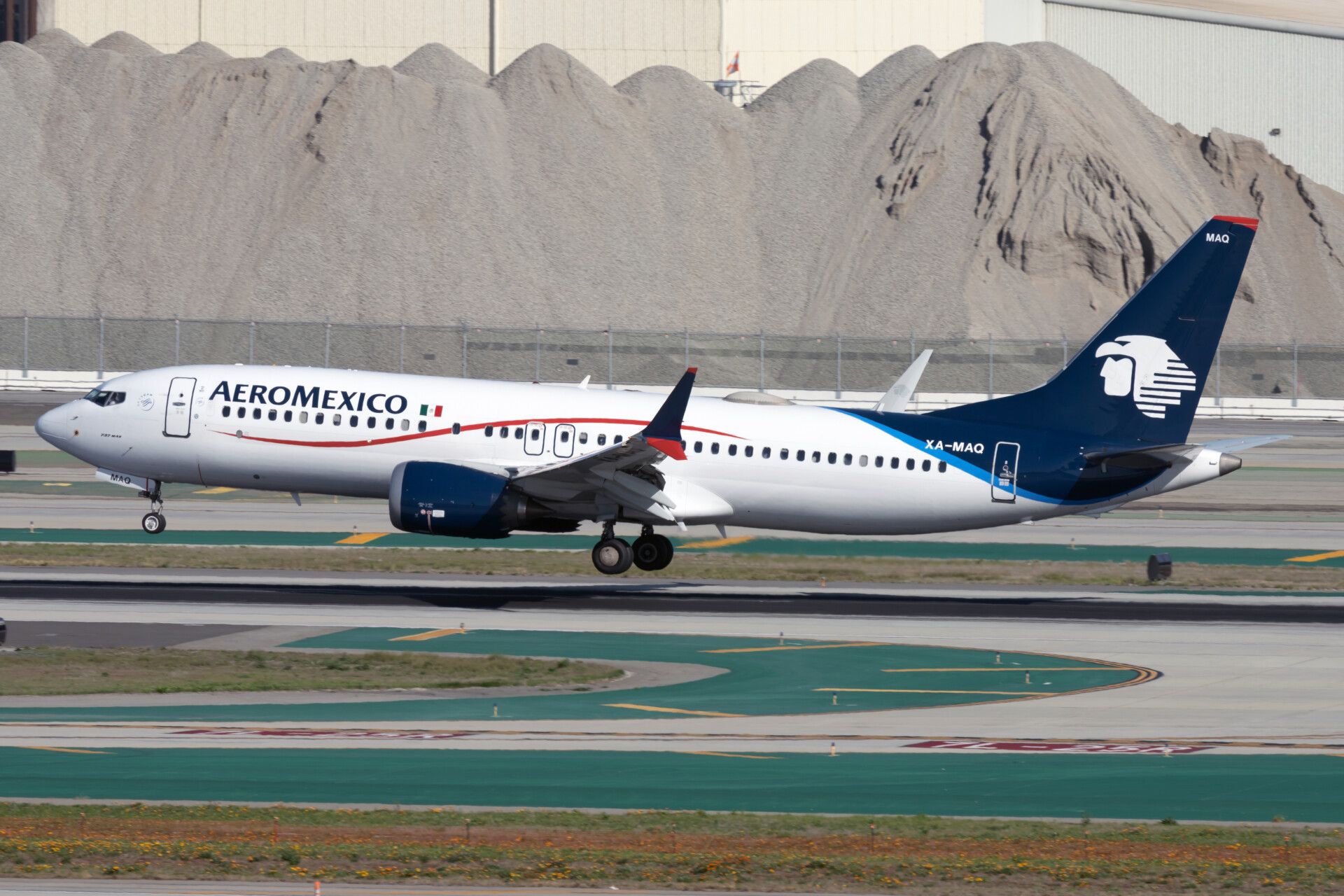Grupo Aeromexico's capital increase through its Chapter 11 process has been approved, the airline announced today. The approval is a significant step for the Mexican carrier to come out of its bankruptcy proceedings. Let's investigate further.
Aeromexico's capital increase
As reported by Reuters, Aeromexico's shareholders have approved a capital increase as part of its restructuring plan to emerge from bankruptcy.
The shareholders of the carrier held two meetings on Friday; in them, they agreed to hike the share capital by US$4.2 billion, which is subject to a third party making a public tender offer of its current shares.
In order to create this increase, Aeromexico will issue approximately 682 trillion common shares. These shares will be paid through a US$3.44 billion debt capitalization and a US$828 million injection.
Last week, the solicitation of votes on Aeromexico’s Chapter 11 Plan concluded with strong creditor support. Approximately 86% of votes were submitted in favor of the Plan, the airline announced in a statement.
Aeromexico filed for Chapter 11 bankruptcy on June 30, 2020, due to the impact of the COVID-19 pandemic. It is one of three Latin American carriers to have entered these proceedings. Avianca already exited its Chapter 11 in November 2021, and LATAM is currently looking to get the approval of its Plan of Reorganization.
Stay informed: Sign up for our daily and weekly aviation news digests.
How will Aeromexico's ownership look like?
Prior to the pandemic, Aeromexico's largest shareholder was the US carrier Delta Air Lines. That is set to change now, as Delta's ownership will dilute from 49% to approximately 20%.
Instead, Aeromexico's biggest creditor in its US Chapter 11 case, Apollo Global Management, will swap its debt into equity as part of the reorganization. Apollo will become Aeromexico's largest stakeholder with approximately 26%.
All of Aeromexico's shareholders will dilute after Chapter 11; therefore, late last year, a third party made a public offering to acquire the shares of all holders that wanted out. The dilution caused controversy among Aeromexico's creditors, and some of them called the Court to reject the Plan altogether.
Some creditors argued Aeromexico’s Plan benefitted a group of insiders, including Delta and Apollo, while most creditors remained unprotected.
The latest about Aeromexico
In 2021, Grupo Aeromexico carried 16.5 million passengers throughout its routes. That number was 20.0% below pre-pandemic traffic figures (and 74.5% above 2020 levels). Unlike its low-cost competitors, Volaris and Viva Aerobus, Aeromexico didn’t manage to grow in 2021.
Nonetheless, Aeromexico had a better performance than most legacy carriers worldwide. By December, the airline was already carrying 1.1% fewer passengers than in 2019, signaling a full recovery, fueled by an 11.6% increase in domestic traffic. Meanwhile, the international segment, heavily impacted by travel restrictions, was 22.5% below pre-pandemic traffic levels.
In December 2021, Aeromexico extended its Mexico City International Airport operations to Terminal 1, offering 20 daily departures. The Mexican legacy carrier relocated operations of nine domestic routes to T1. In addition, the airline began to operate the international long-haul routes Monterrey-Madrid, Guadalajara-Madrid, and Cancun-Sao Paulo, with three weekly frequencies each. The airline uses its Boeing 787 Dreamliner fleet to fly these routes.
Do you expect Aeromexico to exit Chapter 11 proceedings in a short period successfully? Let us know in the comments below.



